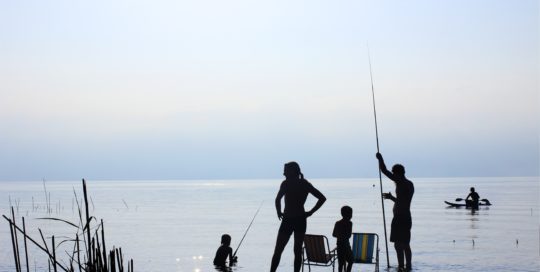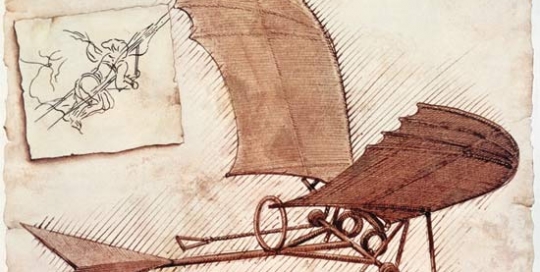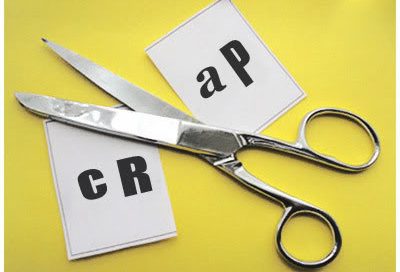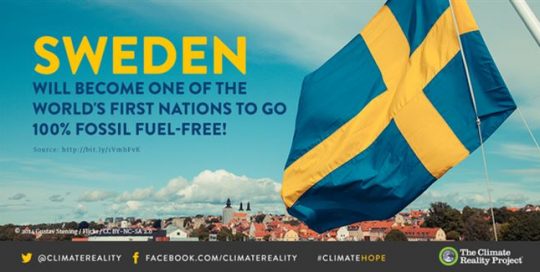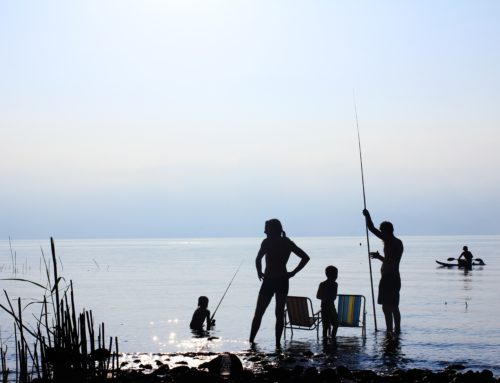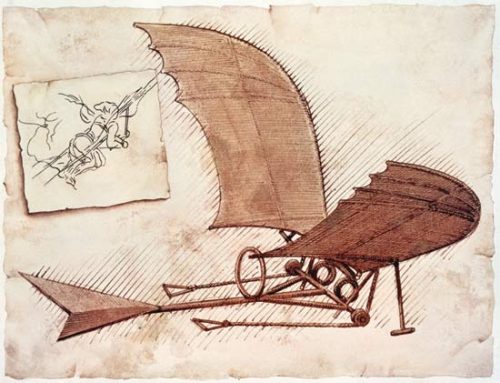Project Description

A board’s dilemma – short versus long term
The context
A new Brazilian forestry company made an unusual business plan: profit should come from tree plantations (for the pulp and paper industry) as well as from wood and other products that would come from protected native forests, sustainably managed, and from areas to be reforested. This business model would then demonstrate the financial value to society and markets of legal operations in well managed native forests. It might even help to stop the illegal destruction of the forests.
It was a good plan and convinced many large, long-term investors, and operations had begun some eight months previously.
A good point to remember is that in the forestry industry in the southern hemisphere, “short term” means around 5-7 years from start-up to first harvesting. Short-term solutions can only be achieved by unsustainable destruction of forests, which is illegal in Brazil, but it is still considered a way of meeting local and global demand for wood.
The issue
The problem was… not everything went as planned. The innovative way of operating proved to be much more resource- and time-intensive than projected, and the initial vision was at risk; investors started to question the validity of the hybrid business model and how to guarantee their short-term bonuses.
What should the company do? Should it give up the business model that could show the value of forests for the first time ever? Should the board surrender to market pressure and become a regular forestry company? Maybe the high costs were evidence that it is not possible to create value from native forests on a large scale… Was the project a failure?
But how could they let the unsustainable forestry companies cut down the forests for timber and then plant grass for cattle?
The project
I engaged with the board of directors to align future strategy, to find the most profitable but also most sustainable solution Answering the above questions was at the heart of this project, which began with interviewing the executive team and board members, to prepare everyone for a two-day workshop.
The workshop and discussions helped to align strategy in the medium term and prepare to engage new investors, who came on board in 2015. More investors are willing to bet on this sustainable business model, to prove that native forests deserve to have their book and market value properly stated.
To find out more about companies like this one, please contact us.
Photo and text by Nelmara Arbex

